10 Surprising Facts about the Colosseum: More than just a Monument in Rome
Blog Sections
10 Surprising Facts about the Colosseum: More than Just a Monument in Rome
The Colosseum is an iconic symbol of Rome, but beyond its architectural grandeur lies a history rich with fascinating, surprising details that go beyond its reputation as a gladiatorial arena.
The Colosseum, or Flavian Amphitheatre, is one of the most famous landmarks in the world, drawing millions of visitors annually to marvel at its scale, history, and cultural significance. While most people associate it with gladiator battles and ancient Roman spectacles, this incredible structure holds far more stories than meet the eye. In this article, we’ll uncover ten surprising facts about the Colosseum that reveal its depth, evolution, and lasting influence.
The Colosseum’s Real Name Isn’t the Colosseum
While it’s universally known as the Colosseum, its official name is the Flavian Amphitheatre, named after the Flavian dynasty of emperors who oversaw its construction. The name “Colosseum” actually comes from a nearby statue, the Colossus of Nero, a massive bronze figure that once stood close to the amphitheater. Over time, the statue was lost, but the name “Colosseum” endured, becoming more commonly used than its original title.
The Colossus of Nero, which inspired the name, was about as tall as the Statue of Liberty and was originally a symbol of Emperor Nero’s might. While the statue no longer exists, its name has become immortal through the amphitheater itself.
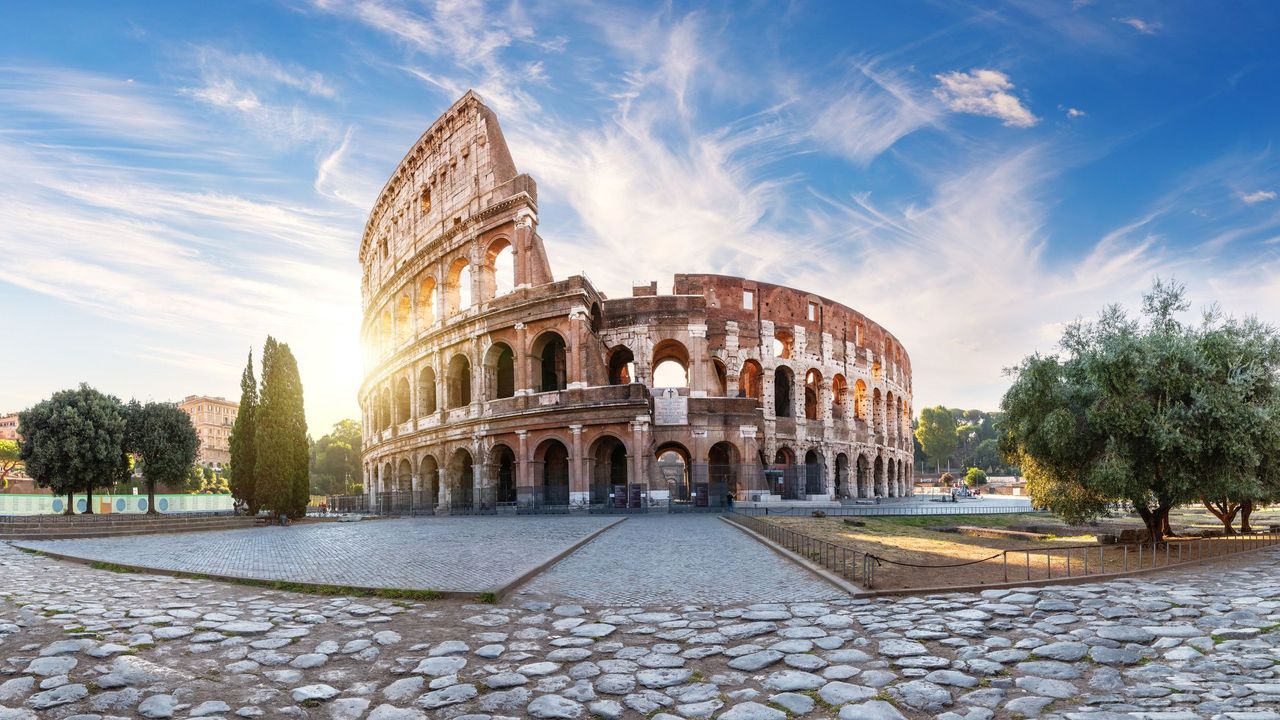
It Was Built in Record Time
The Colosseum was an enormous undertaking, with its construction beginning around 70-72 AD under Emperor Vespasian and completed in 80 AD under his son Titus. Astonishingly, the massive structure was built in less than a decade—a remarkably short time for a project of this size and complexity.
This rapid construction was made possible by the use of advanced Roman engineering techniques, including the innovative use of concrete, which was far lighter than stone but just as strong. The speed of construction speaks to the Roman Empire’s organizational prowess, resources, and sheer manpower, much of which came from enslaved laborers, including prisoners of war.
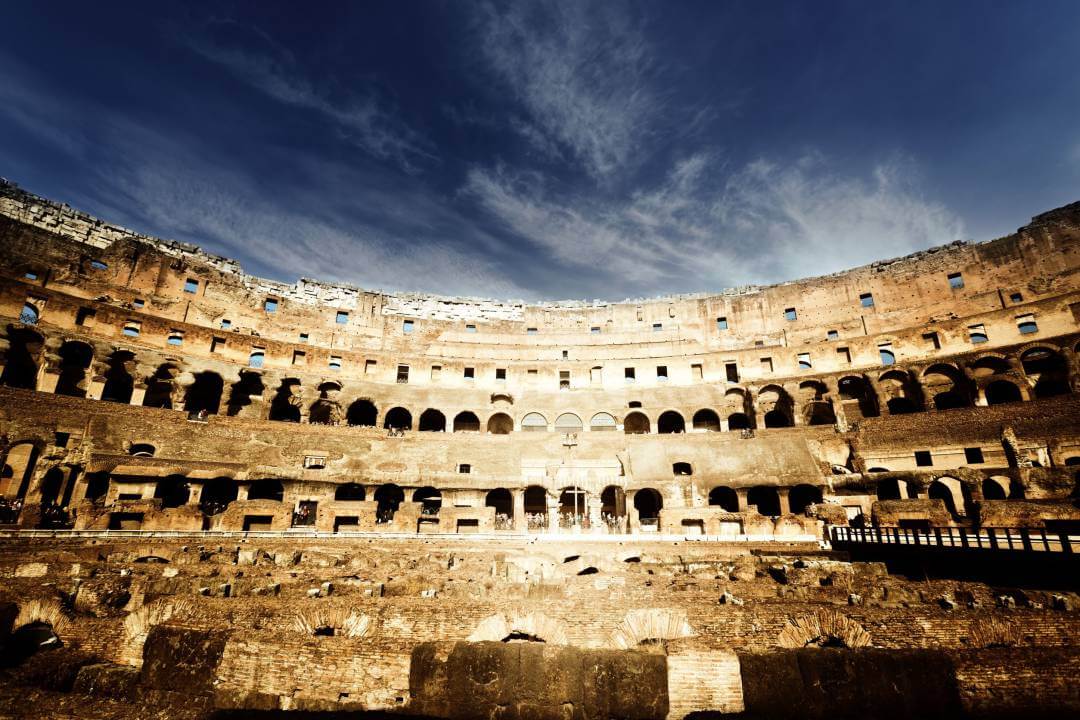
It Could Host Over 50,000 Spectators
The Colosseum was the largest amphitheater in the Roman Empire, designed to hold a massive crowd of around 50,000 to 80,000 spectators. The sheer scale of the venue allowed for spectacular events, from gladiator battles to animal hunts and even simulated naval battles.
Its seating was ingeniously designed in a tiered system based on social hierarchy. The Emperor and other elite members of Roman society sat closest to the action, while the commoners and women occupied seats in the higher tiers. This social stratification within the Colosseum mirrored the structure of Roman society itself.
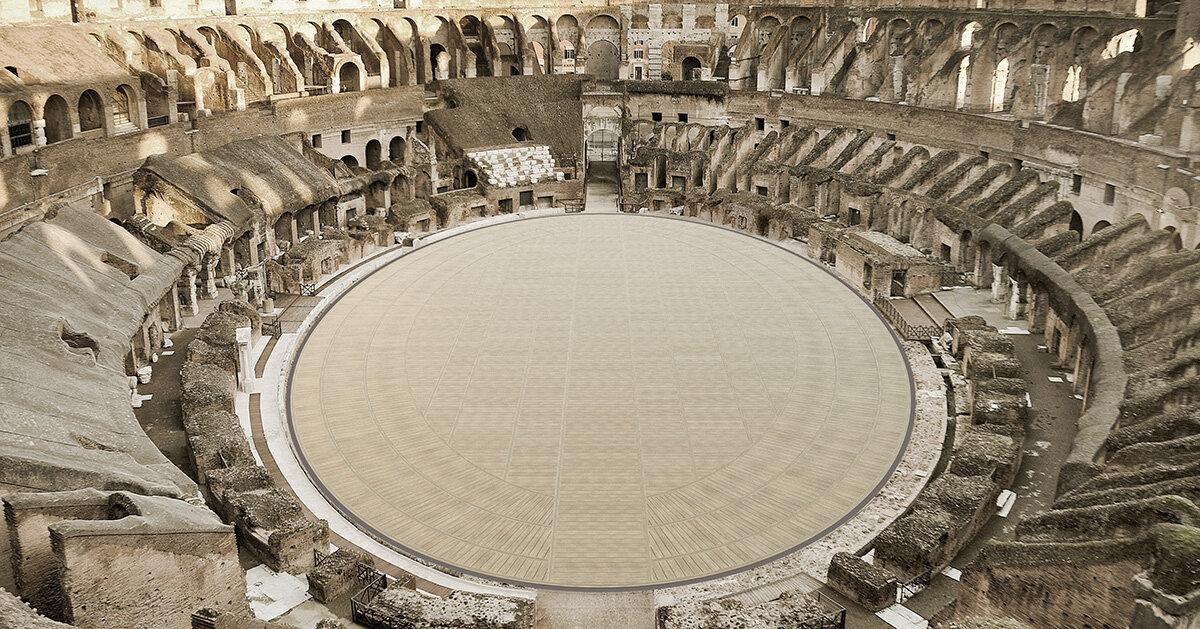
It Had a Retractable Roof (Sort Of)
Ancient Roman engineering was nothing short of impressive, and one of the most innovative features of the Colosseum was its retractable roof, known as the velarium. This massive canvas awning could be extended to protect spectators from the harsh sun or rain. The velarium was operated by sailors from the Roman navy, who would manipulate ropes and pulleys to move the canopy.
While it wasn’t a roof in the modern sense, the velarium was a highly effective system for making the Colosseum more comfortable for its massive audiences. Its engineering highlights the Romans’ ingenuity in creating functional public spaces.
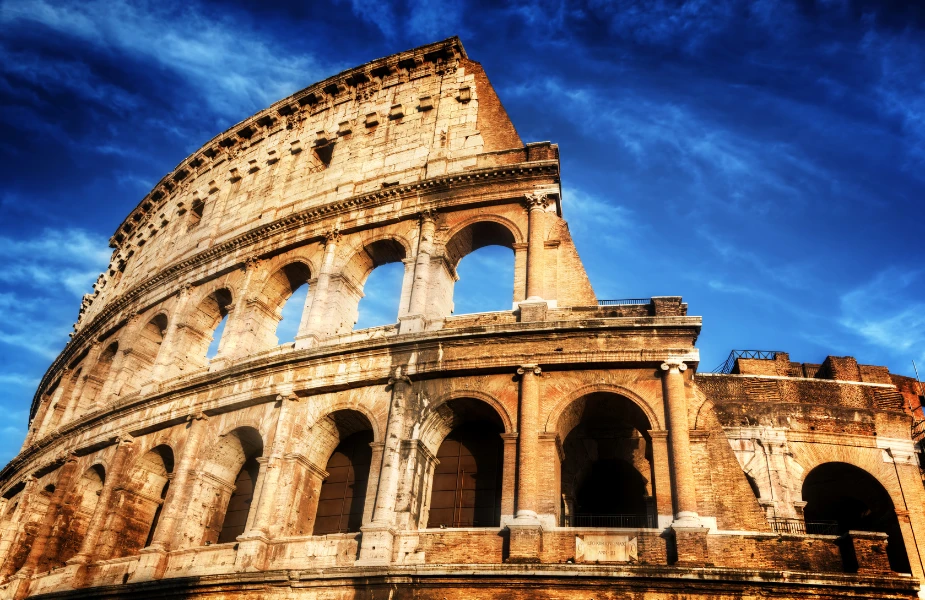
Gladiatorial Games Weren’t the Only Events Held There
Although the Colosseum is most famously associated with gladiator combat, it hosted a variety of public spectacles designed to entertain the masses. These events included wild animal hunts, where exotic beasts such as lions, tigers, and elephants were pitted against each other or against human hunters known as venatores.
One of the more remarkable events held in the Colosseum was the naumachia, a staged naval battle. The arena could be flooded with water, and small ships were brought in to reenact famous sea battles. These elaborate performances, while dangerous and destructive, were a testament to Rome’s engineering prowess and obsession with spectacle.

The Colosseum Was Also a Martyr’s Memorial
As the Roman Empire transitioned to Christianity, the Colosseum took on a new, more somber role in history. While there’s debate over the extent to which Christians were martyred within the Colosseum, it’s widely believed that many early Christians were persecuted and killed there as part of the public spectacles.
In later centuries, the Colosseum became a symbol of Christian martyrdom, and Pope Benedict XIV consecrated it as a sacred site in the 18th century. Today, the Colosseum remains a place of remembrance for Christians around the world, especially during annual Good Friday processions led by the Pope.

It Was Damaged by Earthquakes and Used as a Quarry
The Colosseum has suffered significant damage over the centuries, not from battle or conflict but from natural disasters. A series of earthquakes in the 5th and 14th centuries caused considerable destruction, leading to the collapse of parts of the outer walls.
After its decline as an entertainment venue, much of the stone and material from the Colosseum was stripped away and repurposed for other buildings, including St. Peter’s Basilica and other structures in Rome. For centuries, the Colosseum served as a sort of quarry, with its stones taken to build churches and palaces throughout the city.
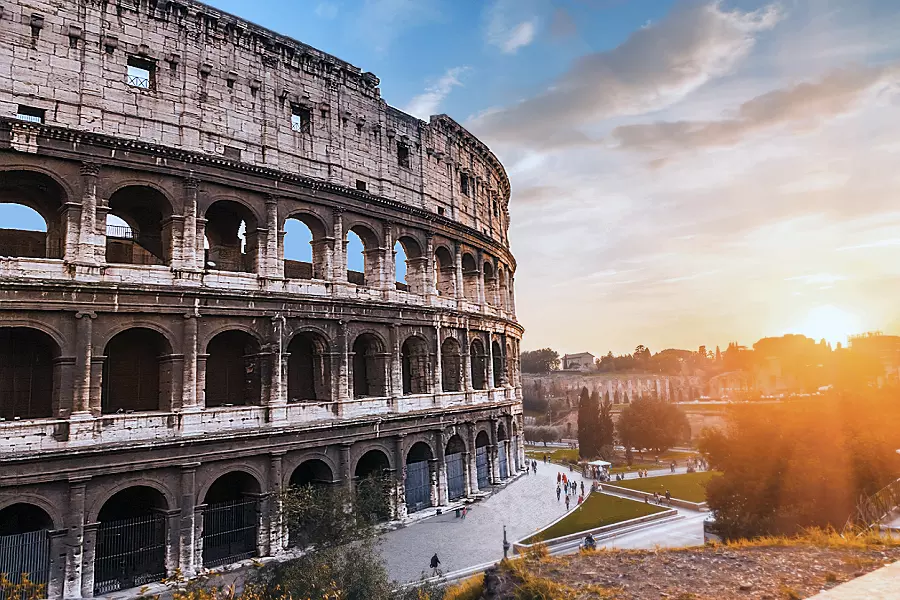
It Is Home to Unique Wildlife
Surprisingly, the Colosseum is not just an architectural wonder but also a haven for wildlife. Over the years, various species of plants have taken root in the cracks and crevices of the ancient walls. At one point, over 200 different plant species were identified growing within the structure, some of which are not even native to Rome.
This unusual biodiversity is thought to be a result of seeds brought in from exotic lands by animals and people who passed through the Colosseum during its prime as an entertainment venue. Today, the structure serves as an unexpected micro-ecosystem in the heart of Rome, attracting botanists and nature enthusiasts.
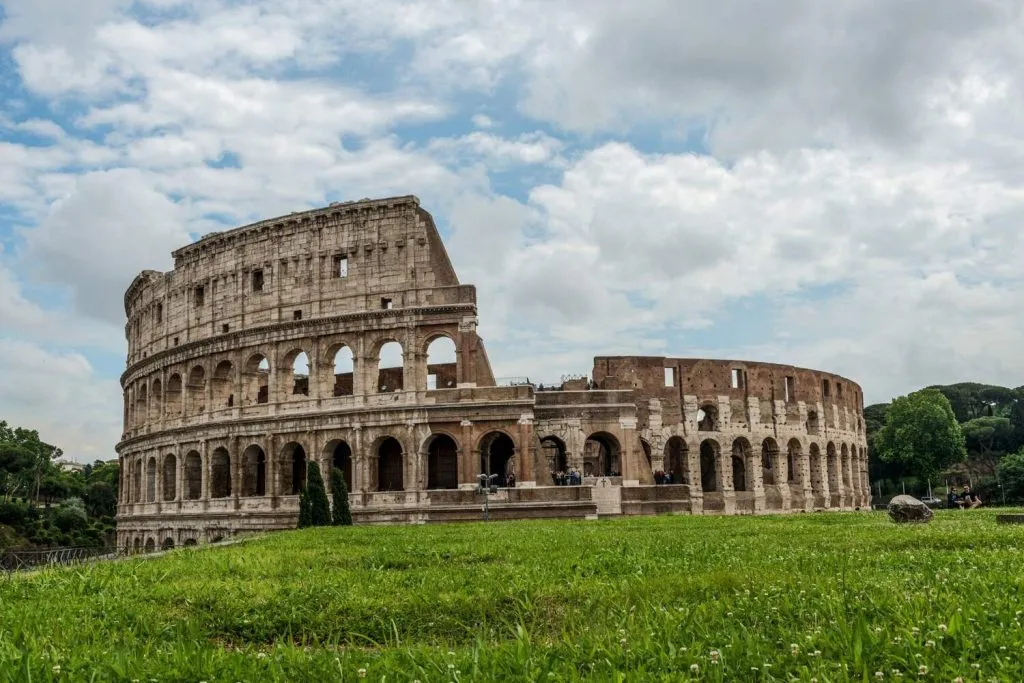
It’s a Symbol of the Fight Against the Death Penalty
The Colosseum, once a venue for brutal combat and death, has become a symbol for human rights, particularly the campaign to end the death penalty worldwide. Since 1999, the Colosseum has been illuminated with golden light whenever a country abolishes the death penalty or a death sentence is commuted.
This transformation from a place of bloodshed to a symbol of peace and human dignity is one of the most profound aspects of the Colosseum’s modern history. The initiative is part of the Catholic Church’s advocacy for the abolition of capital punishment, and it highlights how the monument’s legacy continues to evolve with the times.
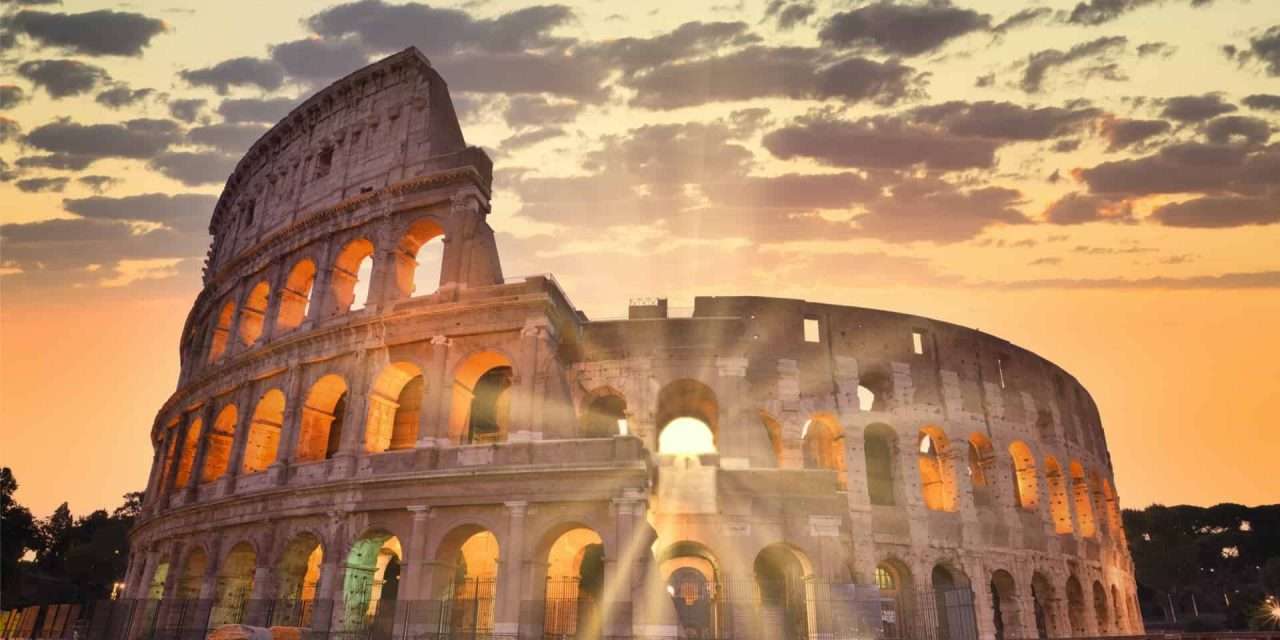
The Colosseum Was Once Underwater for Naval Battles
It’s hard to imagine, but at the height of its use, the Colosseum could be flooded to recreate naval battles. These spectacles, known as naumachiae, were among the most popular and extravagant events staged in ancient Rome. The arena had a series of drainage systems and canals that allowed it to be quickly filled with water to host mock sea battles.
These artificial lakes were used to recreate famous naval battles, with real ships and sometimes prisoners forced to play the roles of combatants. Though this practice was eventually discontinued, it shows the lengths to which Roman emperors would go to entertain the masses and demonstrate their power.
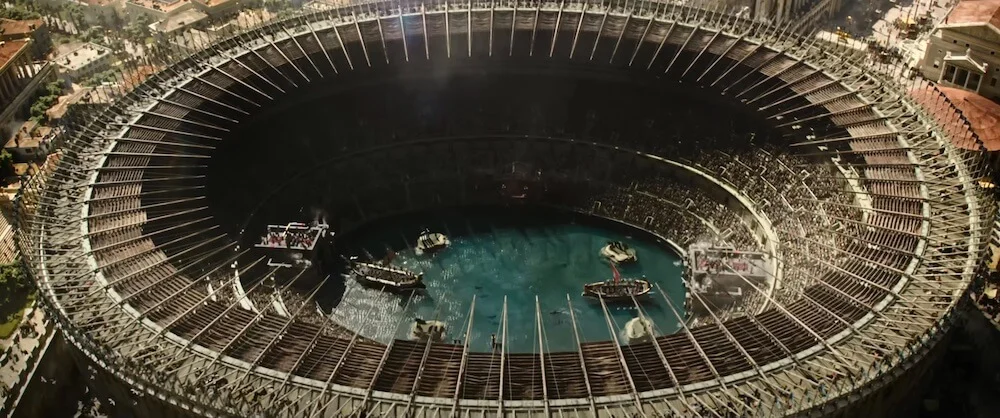
Conclusion: The Colosseum—A Timeless Wonder
The Colosseum is much more than just an ancient ruin or a symbol of Rome’s imperial might. From its surprising wildlife to its role in modern human rights campaigns, the Colosseum’s story is filled with unexpected twists and hidden depths. Visitors who walk through its arches are not just stepping into a gladiatorial arena; they are entering a space that has witnessed centuries of change, adaptation, and resilience.
Whether you’re drawn to its historical grandeur, architectural ingenuity, or its layered cultural significance, the Colosseum continues to captivate and inspire millions of people worldwide. If you ever find yourself in Rome, remember that the Colosseum is more than a monument—it’s a living testament to history’s enduring legacy.

You may also be interested in
The Ultimate Bucket List: 15 Unmissable Cultural Experiences Across the Globe
For travelers seeking more than just sightseeing, these 15 cultural…
The 8 Most Exciting Activities the Galapagos Islands Offer
Embark on an unforgettable adventure in the Galápagos Islands, where…
Desert Adventure: 5 Unmissable Experiences in Dubai
Discover the allure of the Arabian Desert through thrilling adventures…
Hotels in Rome: Popularity
| Hotel | Stars | Discount | Price before and discount | Select dates |
|---|---|---|---|---|
| 3 COINS TREVI FOUNTAIN | ★★ | - | - | View hotel |
| Colosseum B | ★★★ | - | - | View hotel |
| Augusta Lucilla Palace | ★★★★ | -34% | 220 146 | View hotel |
| iQ Hotel Roma | ★★★★ | -12% | 295 259 | View hotel |
| The Guardian | ★★★★ | - | - | View hotel |
| Hotel Milton Roma | ★★★★ | - | - | View hotel |
| The Glam | ★★★★ | - | - | View hotel |
| Hotel Hiberia | ★★★ | - | - | View hotel |
| YellowSquare Rome | - | - | View hotel | |
| Hotel Quirinale | ★★★★ | -8% | 287 263 | View hotel |



